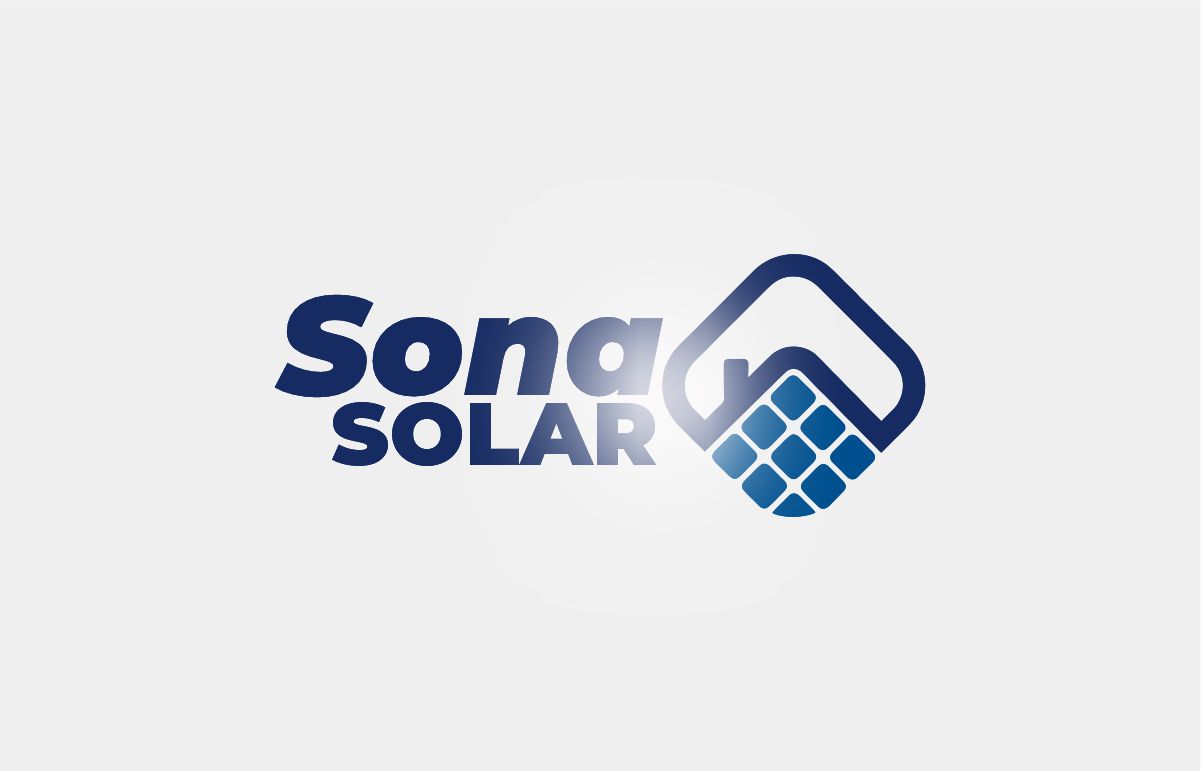In a world where reliable internet connectivity is becoming increasingly essential, Starlink, a satellite internet service developed by SpaceX, has emerged as a game-changer.
The Promise of Starlink in Zimbabwe
Zimbabwe has long struggled with inconsistent internet connectivity, particularly in rural and underserved areas. |
| Can You Power Starlink with Solar Energy in Zimbabwe (Understanding Starlink’s Power Consumption) |
- Can You Power Starlink with Solar Energy - Understanding the Power Supply and Usage
- Can You Power Starlink with Solar Energy - Sona Solar Zimbabwe Expert Advice
- Can You Power Starlink with Solar Energy - Understanding the Power Supply and Usage
Understanding Starlink’s Power Consumption
To determine whether Starlink can be powered by solar energy, it’s essential to understand its power consumption. Starlink’s power usage varies depending on the model and environmental factors.Here’s a breakdown of the power usage for different Starlink models:
- Starlink Mini: 5-10 Watts in standby, 35-50 Watts in active mode, and up to 65 watts at peak consumption.
- Starlink Standard: 10-20 Watts in standby, 45-75 Watts in active mode, and up to 100 watts at peak consumption.
- Starlink High-Performance: 15-30 Watts in standby, 110-150 Watts in active mode, and up to 180 watts at peak consumption.
For a typical user in Zimbabwe, the Starlink Standard kit is the most common choice, consuming between 45 to 75 watts during active use.
Can Starlink Run on Solar Energy?
The short answer is yes, Starlink can be powered with solar energy, but it requires careful planning to ensure the solar system can handle the load. Let’s explore a few scenarios to illustrate this.SAMPLE SOLAR SYSTEM: A 3kW Solar System
Consider a scenario where you want to power a Starlink Standard kit along with other basic appliances.Here’s a breakdown of the total daily consumption:
- Starlink Standard: Peak consumption of 100Watts for 16 hours equals 1600Watts.
- Laptop (10 hours/day): 500Watts.
- TV (4 hours/day): 800Watts.
- Fridge (continuous): 1200Watts.
- Lighting (10 bulbs at 10W for 5 hours): 500Watts.
Total daily consumption would be approximately 4600 watts.
For this setup, a 3kW solar system would be a good starting point. Here’s what you would need:
- Solar Panels: 6 panels, each producing 300W, which would generate 9500 watts in 5 hours of peak sunshine.
- Battery: A 24V 100Ah battery to store approximately 2.4kWh, sufficient to power your Starlink and other appliances for several hours.
- Inverter: A 3kW inverter to handle peak power loads from multiple devices running simultaneously.
SAMPLE SOLAR SYSTEM: Inverter and Battery Backup System
For a smaller setup, consider using a battery backup system. Here’s a breakdown of the components:- Battery: A 12V 100Ah lithium battery has 1200 watt-hours. Considering 80% usage, this leaves you with 816 watt-hours.
- Inverter: An inverter with an efficiency of 85-90% can provide enough power to run a Starlink Standard kit for at least 8 hours.
Practical Tips for Minimizing Energy Consumption
To make the most of your solar-powered Starlink setup, consider these practical tips for minimizing energy consumption:- Optimize Usage: Use energy-intensive devices during peak sunlight hours to maximize solar energy utilization.
- Energy-Efficient Appliances: Invest in energy-efficient appliances to reduce overall power consumption.
- Battery Management: Properly manage your battery storage to ensure you have enough power during non-sunlight hours.
- Regular Maintenance: Keep your solar panels clean and well-maintained to ensure optimal performance.
Embracing Solar-Powered Connectivity
As Zimbabwe continues to embrace renewable energy solutions, the integration of solar power with Starlink offers a promising path towards reliable and sustainable internet connectivity. By carefully planning your solar setup and optimizing energy consumption, you can enjoy the benefits of high-speed internet without relying on the grid. |
| Can You Power Starlink with Solar Energy in Zimbabwe |
Common Questions and Popular Searches
Explore Answers To Frequent Questions And Discover Resources For Your Solar Journey:
1kVA Inverter Load Guide
Load guide for small households.
2kVA System Load Capacity
Powering essentials in medium homes.
3kVA System Panel Count
Understand solar array sizing.
3kVA Inverter Load Guide
Appliance guide for a typical household.
Best 3kVA Inverter Brand
Compare reliability and warranties.
3kVA Appliance Load Guide
Understand simultaneous load capacity.
3kVA Powering Motor Loads
Guidance on handling motor loads.
Choosing the Right Inverter
Matching inverters to your specific load.
Match Panels to Inverter
Tips for optimal system performance.
3.5kVA Inverter Load Guide
Explore residential setup capabilities.
Best Solar Panels Zimbabwe
Analysis of performance and durability.
Solar Companies Zimbabwe
Customer service and reliability.
Best Solar Panel Brands
Guide for home and business solutions.
Solar Installers Zimbabwe
Professional and certified installers.
3kVA System Cost Guide
Get pricing information for Zimbabwe.
5kVA System Cost Guide
Budget requirements for systems.
Contact Our Sales Team:

Sona Solar Zimbabwe
Address:
7 Frank Johnson Avenue, Eastlea, Harare, Zimbabwe.
Call/WhatsApp:
Sales:
+263 78 293 3586
Sales:
+263 78 922 2847
Operations:
+263 78 864 2437
Email:
sonasolarzw@gmail.com
Website:
www.sonasolar.co.zw

Borehole Experts Zimbabwe
Address:
7 Frank Johnson Avenue, Eastlea, Harare, Zimbabwe.
Call/WhatsApp:
Sales:
+263 77 389 8979
Sales:
+263 71 500 3777
Operations:
+263 71 918 7878
Email:
boreholeexpertszw@gmail.com
Website:
www.boreholeexperts.co.zw
